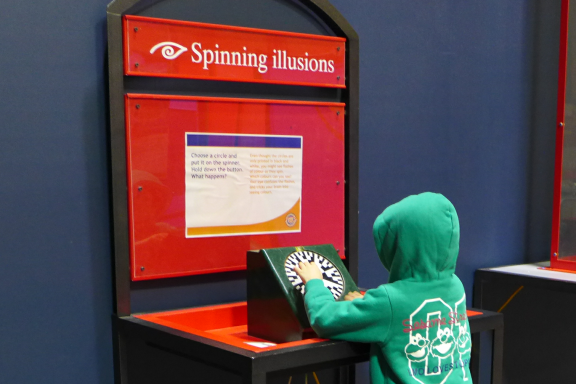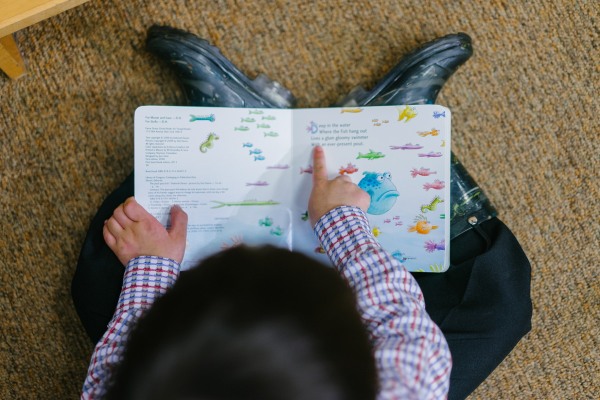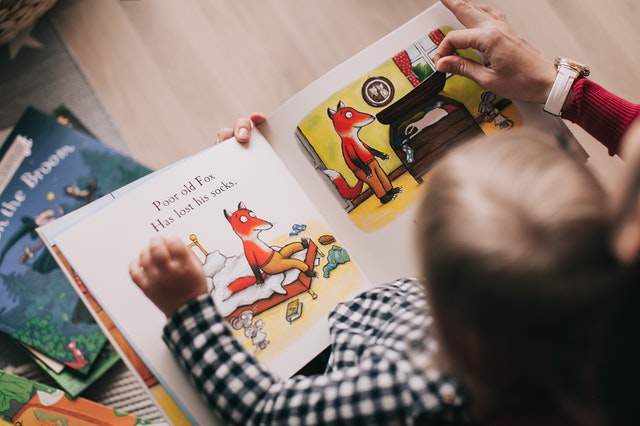Homeschool Science Curriculum
Our homeschool science curriculum includes a few different things. Science is really a wonderful thing to be studied and explored. When we introduce our children to various opportunities for science learning, they will experience a lifelong process of seeking answers that will help them later in life.
When two of our children were still in mainstream school, they were using a program called Skwirk at school. Skwirk covers six subjects from Foundation/Reception/Kindergarten to Year 10. They have Maths, English, Science, Geography, Commerce and History. The children liked it, so I continued their subscription at home, and we had been using it as part of our homeschool science curriculum.
Skwirk is a web-based, interactive learning program for Kindergarten to Year Ten children. It covers a wide range of subjects. It is used worldwide, including in Australia, New Zealand, Malaysia, Hong Kong, India, and the USA. A lot of homeschooling families use Skwirk to supplement their educational programs. Skwirk encourages independent learning and offers a review of previously learned content.
When my children use Skwirk as part of our homeschool science curriculum, I usually let them choose what subject they want to learn on a particular day. For instance, if my son wants to study Microbiology on a specific day, he can learn about Microorganisms and the human body or Microorganisms used by humans or Microorganisms: what are they? Suppose he wants to learn about Earth and Space. In that case, he can learn about The formation, The origin of the universe, Plate tectonics, What things in our universe can tell us, or Geological time and the fossil record.
I prefer that my children choose what they want to learn for a particular subject. Hence, they are more interested and can know more because they have decided on that topic. Of course, if I want to get them to learn something else, I try to encourage them, but I always try not to force them so they will feel happy that they are given a choice about what they are learning.
Also, if my children have finished their grade level, as a teacher, I can put them on the next level if they want to. That way, they only find themselves locked in a year level for part of the school year.
As the child gets used to the program, they can quickly work through Skwirk unassisted. It is straightforward to navigate by subject, topic, and chapter. There are also texts, videos, and animations that can be utilized. There is also a quiz and a test for each subject.
It is not a comprehensive homeschool science curriculum. Still, it is an excellent program to supplement kids' learning.
Other Homeschool Science Curriculum Resources
I use Khan Academy as part of our homeschool science curriculum. Khan Academy science mainly focuses on older kids. However, if your young child loves to learn what the older kids want, I don't see any reason they can't learn. The courses usually start at the primary level and get more complex as you progress.
I've also looked into the The Good and the Beautiful science units. They are faith-based but focus on basic Biblical principles, letting all Christians use the units and add their distinctive beliefs. The units work for those who hold both Young Earth and Old Earth theories.

A Science Museums
Part of our homeschool science curriculum is taking the children to the Science Museum. Science answers many questions about the past and the present, giving us clues about the future. With science, we know and understand a lot of things. There have been lots of critical scientific discoveries throughout our history. A lot of the things that we enjoy today were created or invented because of scientific discovery.
That is why museums are an excellent place for students to learn more. Who knows, one day you will have a future scientist in your children? If curiosity is sparked in our children at a young age, they might have great discoveries later. The Science Museum encourages children to explore the world and offers knowledge on how science affects things.
Science Museums are great places to take your family. They usually offer exhibits that deal with various aspects of our life. Some also allow a very hands-on approach to learning. It won't only amuse the little kids but even us parents. Some museums even have rare specimens that can no longer be found in the wild.
Homeschool Science Curriculum Samples
Homeschool Science Curriculum for Kindergarten
Homeschool Science Curriculum for 1st Grade
Homeschool Science Curriculum for 2nd Grade
Homeschool Science Curriculum for 3rd Grade
Homeschool Science Curriculum for 4th Grade
Homeschool Science Curriculum for 5th Grade
Homeschool Science Curriculum for 6th Grade

What's in our homeschool...
Finding the right homeschooling curriculum that best fits my children's needs was one of the most significant challenges I had when we first started our journey. I found different curricula that best suit my children's needs...
As a parent, a homeschooled reading curriculum was at the top of my mind when we started homeschooling. English was one of the requirements in our state, and what better way to learn English than to read. Getting kids interested...
There are various homeschool math curricula that you can use in your homeschooling. As for me, I use Mathletics and Khan Academy for my children. They are beneficial for us. I use Mathletics for our homeschool math ...
A homeschool art curriculum has a lot of benefits to children. This includes the development of language and communication skills, dexterity, motor skills, creativity, focus, persistence, problem-solving skills, collaboration...
Our homeschool science curriculum includes a few different things. Science is really a wonderful thing to be studied and explored. When we introduce our children to various opportunities for science learning, they will experience...









